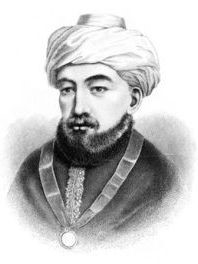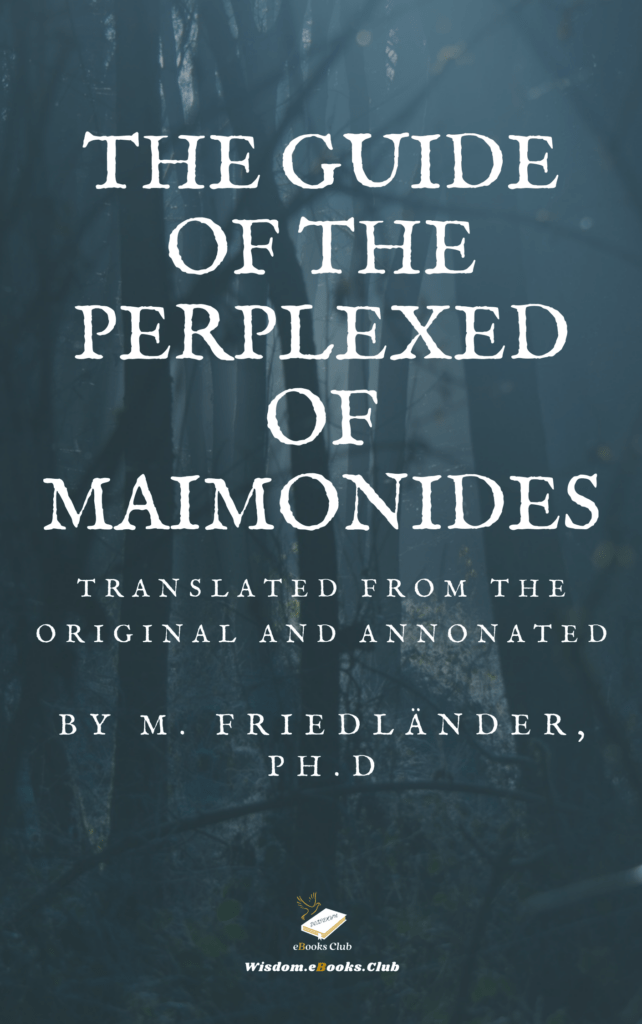
Moses Ben Maimon
“Give a man a fish and you feed him for a day; teach a man to fish and you feed him for a lifetime”.
Moses Ben Maimon originally named Rabbi Moshe ben Maimon (Rambam) usually known as Maimonides was born on March 28, 1138, in Córdoba, Almoravid Empire, and died on December 12, 1204, in Fostat, Ayyubid Sultanate. He was a primitive, Sephardic Hebrew philosopher who became one of the most prolific and influential Torah scholars of the Middle Ages. He was an outstanding astronomer and physician, serving as the personal physician of Saladin.
In his period, most Hebrew people acknowledged Maimonides’ works on Hebraic law and ethics with praise and gratitude, even as far away as Iraq and Yemen. While he rose to become the respected head of the Hebrew community in Egypt, his writings also had enthusiastic critics, especially in Spain.

He was subsequently acknowledged as among the foremost rabbinical decisors and philosophers in Hebrew history, and his extensive work comprises a cornerstone of Hebrew scholarship. His 14-volume Mishneh Torah still bears significant canonical authority as a form of Talmudic law. He is also recognized as “ha’Nesher ha’Gadol” (the great eagle) in appreciation of his outstanding status as a bona fide interpreter of the Oral Torah.
Aside from being respected by Hebrew historians, he figures prominently in the history of Islamic and Arab history and is acknowledged and mentioned extensively in their studies.
Influenced by Al-Farabi, Ibn Sina, and his current Ibn Rushd, he became a great philosopher and polymath in both the Hebrew and Islamic worlds.
His hebrew Texts
Maimonides composed works of Hebraic scholarship, rabbinic law, philosophy, and medical texts. Most of his works were written in Hebrew-Arabic. However, the Mishneh Torah was written in Hebrew.
Commentary on the Mishna

- Commentary on the Mishna (Arabic Kitab al-Siraj, translated into Hebrew as Pirush Hamishnayot), written in Classical Arabic using the Hebrew alphabet. This was the first full commentary ever written on the entire Mishnah, which took Maimonides seven years to complete, and it enjoyed great popularity both in its Arabic original and its medieval Hebrew translation. The commentary includes three philosophical introductions which were also highly influential:
- The Introduction to the Mishnah deals with the nature of the oral law, the distinction between the prophet and the sage, and the organizational structure of the Mishnah.
- The Introduction to Mishnah Sanhedrin, chapter ten (Perek Helek), is an eschatological essay that concludes with Maimonides’s famous creed (“the thirteen principles of faith”).
- The Introduction to Tractate Avot (popularly called The Eight Chapters) is an ethical treatise.
- Sefer Hamitzvot (trans. The Book of Commandments). In this work, Maimonides lists all the 613 mitzvot traditionally contained in the Torah (Pentateuch). He describes fourteen shorashim (roots or principles) to guide his selection.
- Sefer Ha’shamad (letter of Martydom)
- Mishneh Torah, a comprehensive code of Hebraic law. It is also known as Yad ha-Chazaka or simply Yad/”יד” which has the numerical value 14, representing the 14 sections of the book.

- The Guide for the Perplexed, a philosophical work harmonizing and differentiating Aristotle’s philosophy and Hebraic theology. Written in Hebrew-Arabic, and completed between 1186 and 1190. The first translation of this work into Hebrew was done by Samuel ibn Tibbon in 1204.
- Teshuvot, collected correspondence and responsa, including a number of public letters (on resurrection and the afterlife, on conversion to other faiths, and Iggereth Teiman – addressed to the oppressed Jewry of Yemen).
- Hilkhot ha-Yerushalmi, a fragment of a commentary on the Jerusalem Talmud, identified and published by Saul Lieberman in 1947.
To see more information about this topic or other religious topics, you may check the books and magazines available at www.wisdomebooksclub.com or visit our peals of wisdom page page by clicking on this link to access more interesting blog articles, games, quizzes, music videos, religious poems, Jewish recipes, popular sermons, and more.
